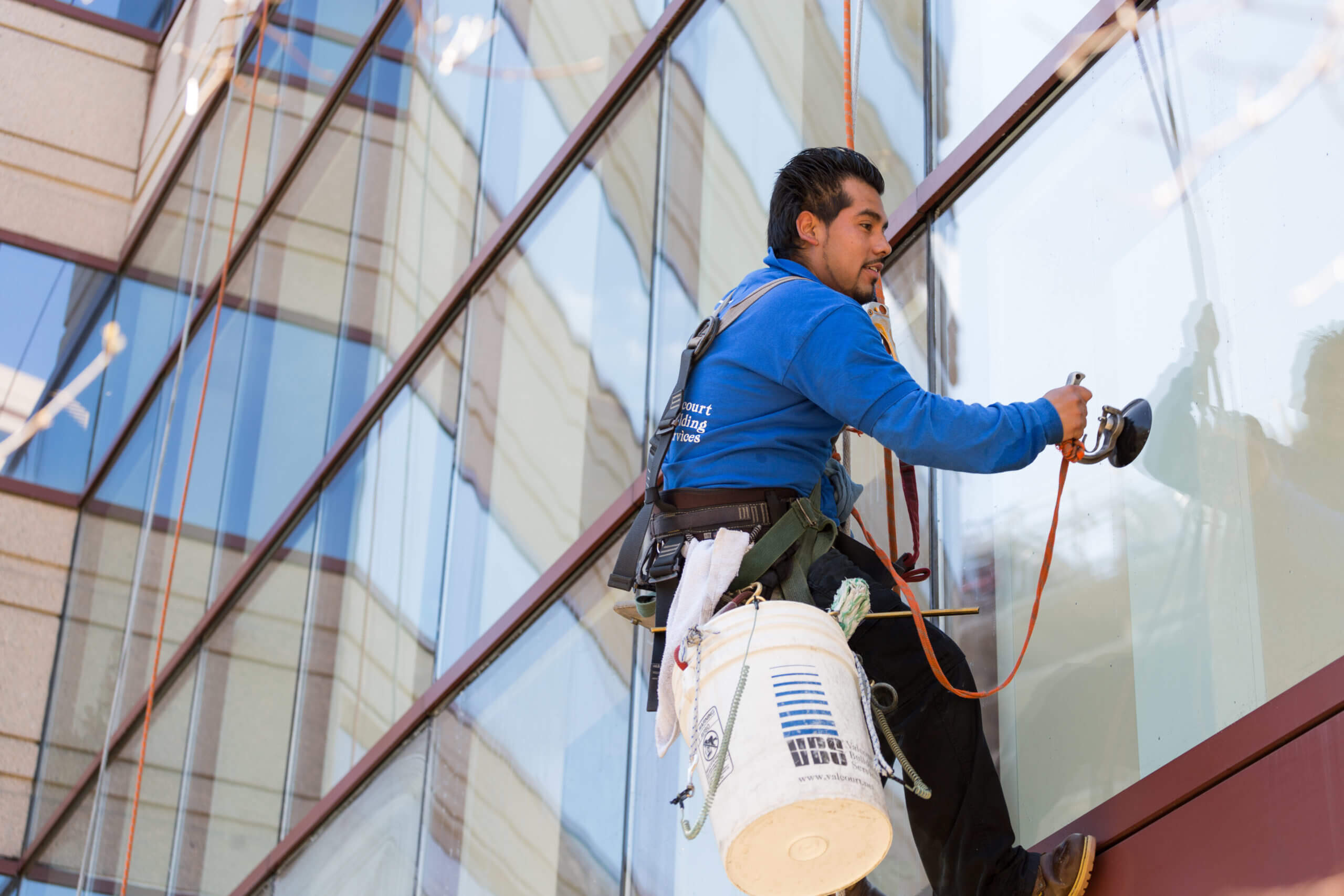
Following a comprehensive review of the revised OSHA regulations and 500+ pages of supporting documentation by the Valcourt leadership committee, we have developed the following outline on the most significant changes that affect our operations and the impact it will have to building owners and managers.
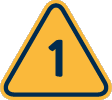
Before any service provider or employee utilizes any anchor points on a building, the building owner is required to provide written documentation that the anchors have been tested, certified, and maintained post installation. Additional testing is also required if an anchor is involved in an accident, was exposed to a shock load, report of damage was made, or if there was exposure to destructive substances.
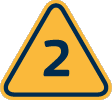
All anchorage points must be certified a minimum of once every 10 years by a “Qualified Person” – which OSHA defines as “a person who, by possession of a recognized degree, certificate, or professional standing, or who by extensive knowledge, training, and experience has successfully demonstrated the ability to solve or resolve problems relating to the subject matter, the work, or the project.” (§ 1910.21 (b)).
National Safety Standards such as the I-14 and the ASME A-120, as well as OSHA’s CFR 1910.66, consistently state that a licensed professional engineer is best with meeting the definition of a qualified person to provide a certification of an anchor or equipment for suspending workers. Certifications of life supporting equipment often requires more than just a visual inspection and testing. Often times, in-depth study of material design and installation methods with performance calculations are necessary.
Because the OSHA regulations state that an anchor certification can be valid for 10 years, a professional engineering company is also likely to require re-testing of the anchor points at the time of re-certification. More frequent certification and testing may also be required depending on the condition and type of anchorage at the building to maintain compliance with all applicable existing standards and regulations. All anchorage points must be tested and certified to support the code requirements that each anchor be capable of supporting 5,000 lbs. in any direction for each worker attached.
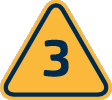
All anchorage points must be inspected annually by a “Qualified Person.” Before anyone uses a building’s identified anchorage point, the building owner must also provide written documentation that all of the appropriate inspection protocols have been completed. This includes, but is not limited to a visual inspection of anchorage points for any decay, excessive wear and missing components, and protocol that is consistent with existing applicable fall protection standards.
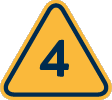
Anyone using suspended access equipment at a building are required by OSHA to use the anchors in compliance with accepted safe rigging practices. Proper rigging when using a Rope Descent System or suspended scaffold require an adequate number of certified anchors. This would be the responsibility of the building owner.
OSHA makes this clear, and references the I-14 Standard as its primary resource for defining what proper rigging requirements are necessary for use of Rope Descent Systems, and thus defining the necessary anchor requirements for each individual building.
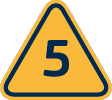
Building owners must provide written documentation to any service provider using a Rope Descent System on the building that all anchor points used as a part of the system have been properly identified, inspected, certified, and tested according to §1910.27 requirements.
Service providers are also required to give assurances that they are following certain requirements, such as formal training, assurances that portable equipment has been inspected prior to use, and emergency procedures are in place.
Now that these assurances are a part of this OSHA regulation, it is critical that the building owner comply by providing the required assurances in writing. Otherwise, the building owner could be in a situation where the contractor was not clear on what was approved for use, or not. Failure to comply could become a serious liability issue.
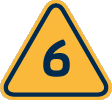
Work plans must describe how the contractor will perform the job safely and within compliance with the standards and laws. OSHA refers to the I-14 Safety Standard on the all aspects required for such a work plan. The OSHA regulations specify that both the contractor and property owner concur with the work plan.
Ensuring a strong relationship between building owner and service provider is more important than ever. Both the building owner and service provider must both be informed and agree on how the work will be performed in a compliant manner, and also make sure it is well documented. Sharing the responsibility of sustaining a safe and compliant work place is not only required, but always helps to reduce everyone’s exposure to liability.
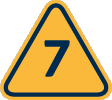
OSHA considers a fall hazard as the area which is within 6 feet of any unprotected side or edge of a walking or working surface that exposes a worker to a fall that is 4 feet or more to a lower level. When this condition exists, employers are required to provide a means of fall protection which can include a guardrail, safety net, fall restraint system or fall arrest system. There are instances where a designated area may be used instead of this equipment, but only when the work to be performed is temporary and infrequent and takes place between 6 feet and 15 feet from the roof edge. The designated area must consist of a warning line that prohibits workers from crossing it in order to avoid exposure to the fall hazard.
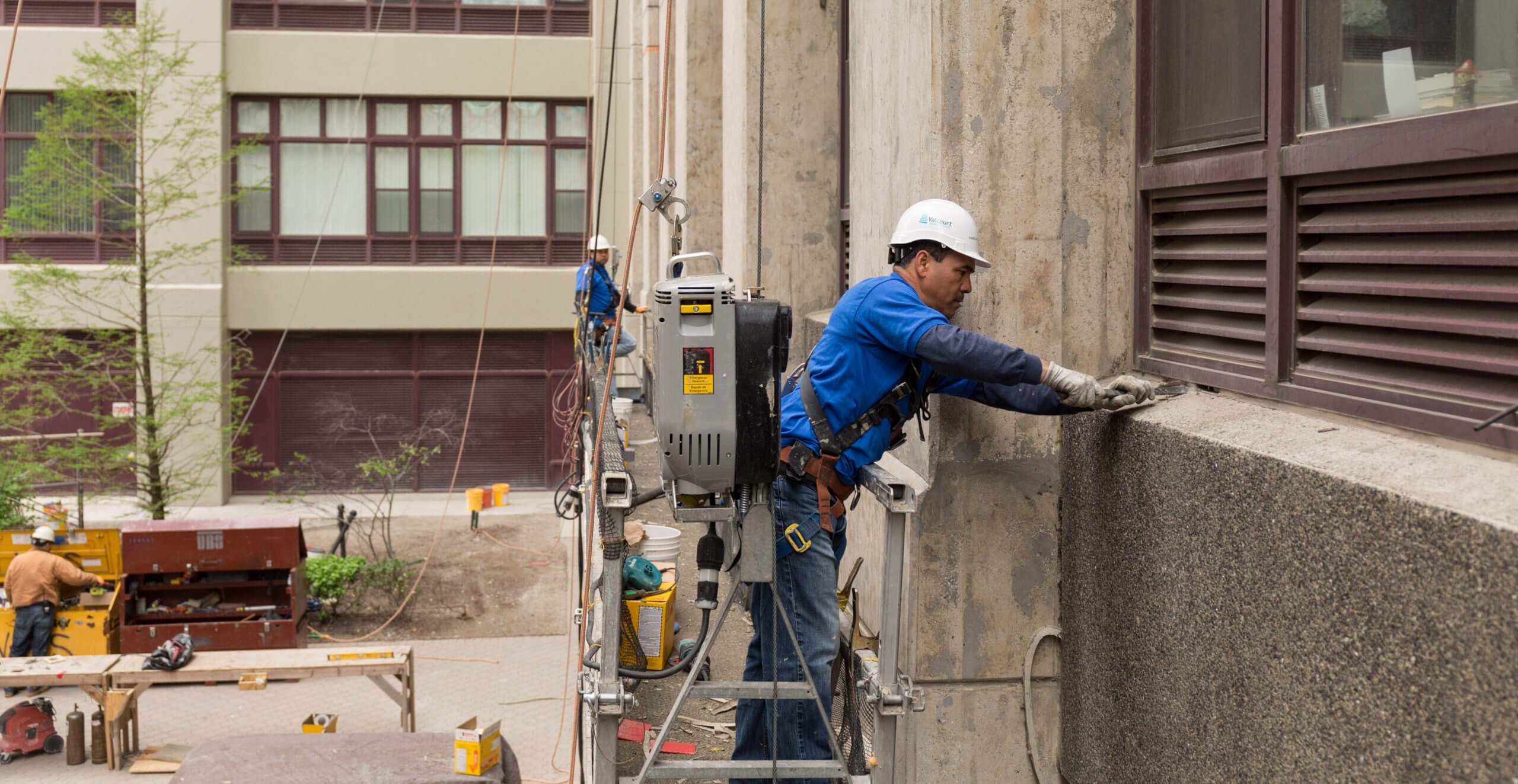
As a building owner or manager, you will need support to navigate compliance with OSHA’s revised regulations on ‘Walking and Working Surfaces’ and ‘Fall Protection Systems’. Many of the critical components of the regulation are due for compliance by November 20, 2017. Falling short of compliance on these matters can increase the risk of OSHA fines, citations, work injuries and subsequent liability exposure.
In order to provide maximum support, Valcourt has formed ‘Compliance Programs’ — a new department dedicated to compliance support that extends the value and resources of our existing SafeSite Program. Its main objectives will be to provide structure and support to Valcourt teams at the local level to maximize client support, work directly with customers during the OSHA transition process, and collaborate with all internal personnel to promote the adoption of compliance standards in each market.
To help you meet all demands and requirements of the OSHA regulations, Valcourt has also created ‘OSHA Regulations Integration’ — a new system that will support every customer through the process from start to finish in the most logical manner.
To identify each property’s specific requirements per the revised regulations, Valcourt will be contacting customers to expedite and complete their annual inspections within the next three-to-four months. During this inspection, our engineering partner performing the inspection will also review any additional compliance needs as outlined in the changed regulations. This will help clients quickly meet one of the regulation requirements and receive prompt feedback on further compliance requirements well in advance of the November 20th deadline.
To save building owners both time and money, it is extremely important for building ownership and/or management to research and produce all existing building drawings, supporting documentation on any current anchorage points, and any reports regarding post-installation testing data on the existing anchorage points.
The inspection is coordinated and performed in partnership with Valcourt’s choice of a third-party engineering firm. The inspection, which will go beyond the traditional inspection services, will include an analysis of the property in conjunction with the revised regulations. Areas evaluated will include current anchorage points, fall-protection-system requirements, verification of testing, and required documentation.
Following your site inspection and review, Valcourt will examine the findings of the third-party engineering firm. We will then set a time to review the building analysis with each client. The analysis will outline the inspection of your property’s existing anchorage points, as well as the specific requirements that were advised to be addressed in order to be compliant with OSHA’s changed regulations by the imposed deadline. Then, Valcourt will develop an action plan with you and facilitate each solution required.
Based on the actionable items determined in step 3, Valcourt will coordinate with third-party engineering partners and/or Valcourt Safety Systems to fulfill the requirements of the revised regulations. This may consist of testing and certifying existing anchorage, and/or designing solutions for additional anchorage if required and recommended during the site inspection and review.
It is critical to ensure that existing anchorage points have been identified, tested, certified, and inspected as required by OSHA, so that we can jointly work together toward the required solutions for any additional anchorage points as efficiently as possible.
To help customers manage all compliance-related documentation moving forward, Valcourt is creating a client portal. The portal will not only provide each customer with one user-friendly location to quickly access records and data as required by OSHA, it will also ensure that their documentation is always up-to-date — which will be extremely useful for managing critical data in all aspects of their contracts with Valcourt.
In conjunction with each of Valcourt’s local teams, Compliance Programs will ensure systems and processes are in place to meet the documentation demands, regulations and standards. This includes the required proof-of-compliance from Valcourt, proper letters of assurances, required work plans, testing reports, inspection reports, and certifications.